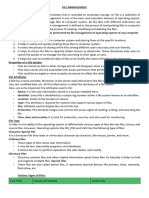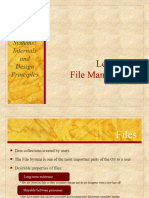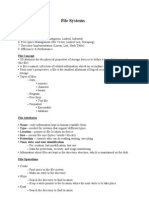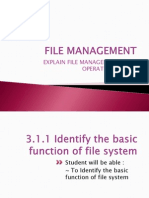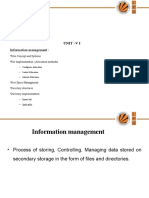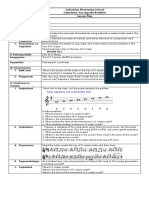0% found this document useful (0 votes)
42 views103 pagesOs Unit-5 File System and Io Management
The document provides an overview of file systems, detailing the properties, structures, attributes, operations, and management of files. It discusses various file access and allocation methods, including contiguous, linked, indexed, and multi-level indexed allocation, as well as RAID configurations for data storage and redundancy. Additionally, it covers directory structures and their advantages and disadvantages, emphasizing the importance of effective file management and organization.
Uploaded by
katiyarharshit351Copyright
© © All Rights Reserved
We take content rights seriously. If you suspect this is your content, claim it here.
Available Formats
Download as PDF, TXT or read online on Scribd
0% found this document useful (0 votes)
42 views103 pagesOs Unit-5 File System and Io Management
The document provides an overview of file systems, detailing the properties, structures, attributes, operations, and management of files. It discusses various file access and allocation methods, including contiguous, linked, indexed, and multi-level indexed allocation, as well as RAID configurations for data storage and redundancy. Additionally, it covers directory structures and their advantages and disadvantages, emphasizing the importance of effective file management and organization.
Uploaded by
katiyarharshit351Copyright
© © All Rights Reserved
We take content rights seriously. If you suspect this is your content, claim it here.
Available Formats
Download as PDF, TXT or read online on Scribd
/ 103
























